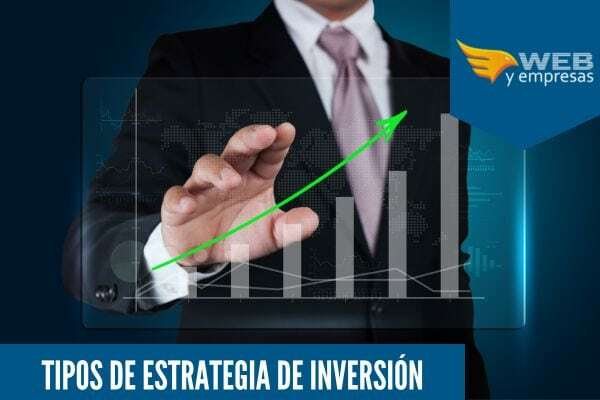In this article you will find:
The Balanced Scorecard - Balanced Scorecard
The concept of Balanced Scorecard - CMI (Balanced Scorecard - BSC) was presented in the issue of January / February 1992 of the Harvard Business Review magazine, based on a work done for a company of semiconductors. Its authors, Robert Kaplan and David Norton, argue that the CMI is a management system or administrative system (management system), which goes beyond the financial perspective with which managers usually evaluate the performance of a business.
The Balanced Scorecard is a tool that allows translating the Vision of the Organization, expressed through its strategy, in terms and specific objectives for dissemination at all levels, establishing a system for measuring the achievement of said objectives. (Kaplan and Norton).
In simple terms, the Balanced Scorecard is a series of relevant indicators for the business, which allow the company's high command to have a clear vision of its situation. When companies do not have an integrated management, they almost always live from day to day and act based on the intuition of the management. The
Balanced Scorecard Image

As we can see in the image above, the Balanced Scorecard develops strategic objectives that will help the company guide its work path. These objectives are analyzed from 4 perspectives:
- Financial Perspective: How do we see ourselves in the eyes of shareholders?
- Customer perspective: How do customers see us?
- Internal Process Perspective: Where Should We Excel?
- Learning and Growth Perspective: Can we continue to improve and create value?
Financial Perspective
Financial goals In the growth phase, they will emphasize the growth of sales in new markets and to new customers and from new products and services, maintaining levels of adequate expenditures for the development of products and processes, systems, employee capabilities and the establishment of new channels of marketing, sales and distribution.
Goals in the break-even phase will emphasize traditional financial metrics, operating profit, and gross margin. Investment projects will be evaluated through standard investment analysis. Some companies will use newer financial indicators, such as economic value added. All these measures represent the classic financial objective: to obtain good returns on the capital contributed.
Advertisements
Customer perspective
Companies identify the customer and market segments in which they have chosen to compete. These segments represent the sources that will provide the income component of the financial objectives.
Customer perspective enables companies to match their key customer metrics (satisfaction, retention, acquisition, and profitability) with selected customer and market segments. It also enables them to explicitly identify and measure the value-added propositions they will deliver to selected customer and market segments.
Advertisements
Internal processes perspective
For this perspective, the most critical processes are identified when it comes to achieving the objectives of the employer and clients. Companies develop their objectives and indicators from this perspective after having developed the objectives and indicators for the financial and customer perspective.
Analyzes the adequacy of the internal processes of the company in order to obtain customer satisfaction and achieve high levels of financial performance. To achieve this objective, an analysis of internal processes from a business perspective and a predetermination of key processes throughout the value chain is proposed.
Advertisements
Learning and Growth Perspective
The model raises the values of this block as the set of guides for the rest of the perspectives. These inducers constitute the set of assets that provide the organization with the ability to improve and learn. The vision of traditional accounting, which considers training as an expense, not an investment, is criticized.
The Balanced Scorecard emphasizes the importance of investing for the future, and not only in the areas traditional investment, such as new equipment and product research and development new. Organizations must invest in their infrastructure - that is, people, systems, and procedures - if they are to achieve long-term financial growth goals.
Advertisements


